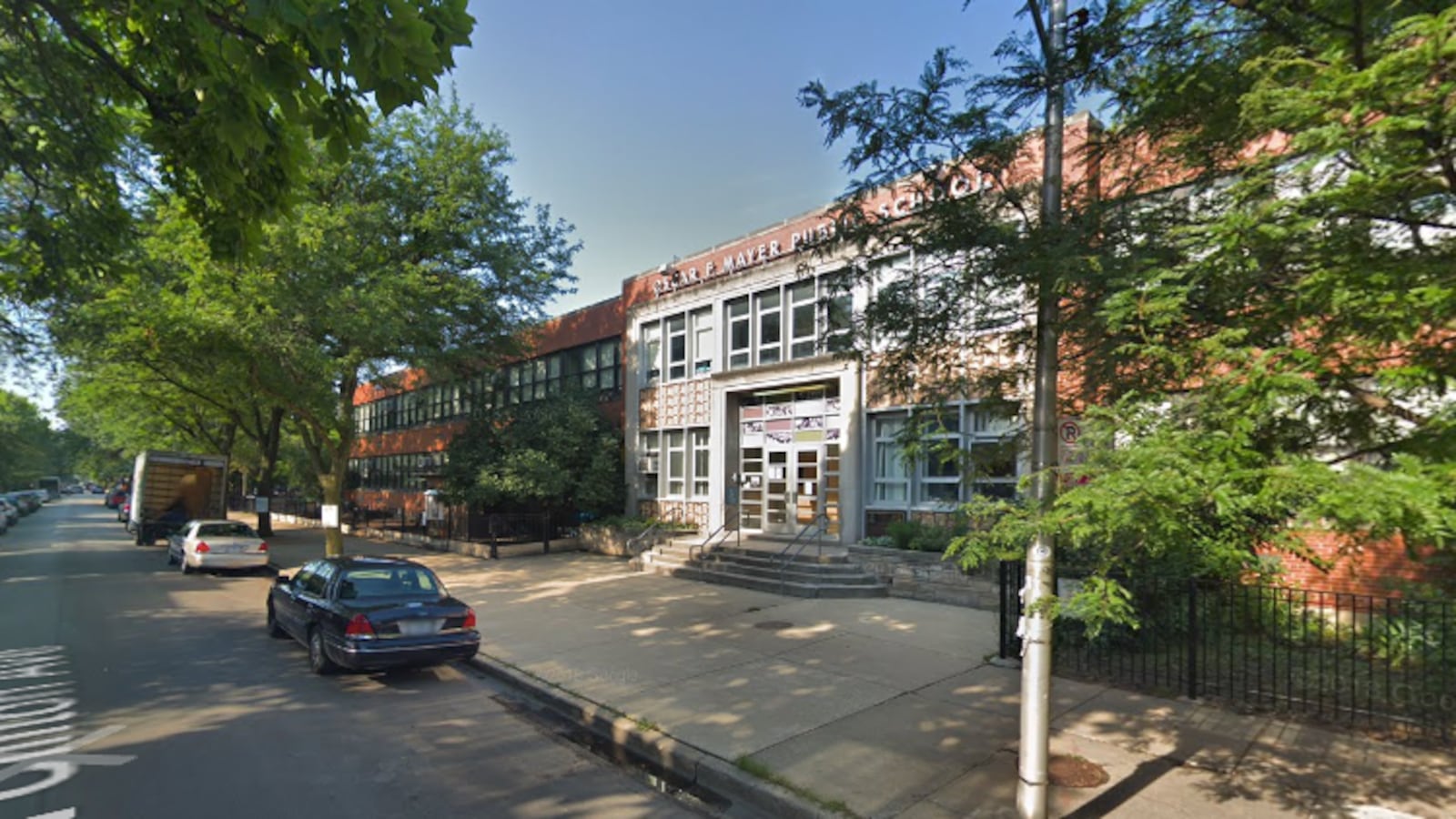Trimming back a yearslong benefit for families in the Lincoln Park neighborhood, the Chicago school district has proposed charging parents nearly $14,000 a year for a popular magnet preschool that until now has been offered to neighborhood families for free.
But the district would exempt current pre-K students. That would mean some families would pay tuition for their 3- and 4-year-olds to attend Oscar Mayer Magnet School in the fall, but others would not. The school would become the 12th public preschool in the city to charge tuition.
The school board will vote on the proposal at its monthly meeting Wednesday.
The change comes despite a larger push citywide to open up more free pre-K seats through one of Rahm Emanuel’s signature school efforts: free universal preschool for 4-year-olds.
The city is rolling out its universal pre-K plan across the next three years, with neighborhoods on the South and West side getting priority this fall. Lincoln Park is in the last wave of that phase-in, for the school year 2021-22, but the fate of tuition programs has not been determined, according to the district.
The change at Mayer is a “unique situation,” said Chief Academic Officer LaTanya McDade, one that stems from a critical Office of the Inspector General report from last year.
In the report, Inspector General Nicholas Schuler said that Mayer was the only magnet elementary school in the city to give students in the attendance zone first dibs on free seats. Other magnet pre-K programs draw students via citywide lottery.
Because of Mayer’s popularity, no pre-K students from outside the attendance zone won seats by lottery in the 2017-2018 school year, the report said. What’s more, many families left the public schools after pre-K.
“After receiving free, full-day, Montessori pre-K at taxpayer expense, nearly one-third of the 3-year-olds who joined Mayer’s pre-K in 2014–15 had left CPS by first grade,” the report said. “Some went on to pricey private schools, area Catholic schools or suburban schools.”
Chicago’s magnet schools were created decades ago to help integrate schools in a largely segregated city. Mayer was the only Chicago magnet with attendance boundaries, the result of a deal that was struck in the late 2000s when vocal residents sought a special provision from the school board.
Looking back at that change, “it goes against the purpose of a magnet classification,” said McDade, who reports to schools CEO Janice Jackson.
Since the late 2000s, the school has become less diverse, shifting from a predominantly black student population to a predominantly white one as the neighborhood around it has grown whiter and wealthier. According to the state report card for the school, more than 70 percent of the student body is white.
After the inspector general’s report last spring highlighted the “perk,” Chicago Public Schools set up community meetings and convened a working group. The 36-person group considered multiple options, including eliminating the school’s attendance boundaries like other magnet programs that draw citywide families through a computerized lottery.
“We let the school community really weigh in on (eliminating the boundaries), and they said don’t disrupt our school program,” said McDade. “These families are really impacted by decisions made long ago.”
The preschool currently enrolls 3- and 4-year-olds. Under the proposal, any 3-year-old who turns 4 next fall and who is already enrolled at Mayer will be able to attend this fall for free; new families, including siblings of current students, will pay tuition.
The following year, the program will only accept 4-year-olds and charge tuition.
The timing of the proposed change has not set well with some families who moved into the area for the school. Heather Dieperink, a current Mayer parent who lives nearby, has one daughter at the preschool and two other children whom she’d planned to send there. She said her daughter will continue on to Mayer’s kindergarten, but the change disrupts plans for a younger sibling, who’s 3. He’ll likely stay at a private pre-K program. “I’m aggravated (CPS) couldn’t make a decision earlier,” she said.
McDade acknowledged the long process, but said the district heard from families who said they didn’t want Chicago Public Schools to make a rushed decision. “We wanted to be thoughtful, and get maximum engagement and voice. We didn’t feel good about moving anything forward without families feeling like it was a reasonable and fair process.”
The district also plans to offer a handful of additional seats in older grades to applicants from outside the attendance boundary who may live in Tier 1, 2, and 3 neighborhoods.
One of the key factors in Chicago public school admissions, tier numbers assigned by a student’s address serve to more equitably distribute seats in test-in and magnet programs by race and socioeconomic status. When families apply for popular schools — those requiring tests or lotteries — the school system sets aside a percentage of seats for students from each tier.
Every household gets assigned a tier of 1, 2, 3, or 4, with a “1” generally being a low-income neighborhood and a “4” being the city’s wealthiest neighborhoods.
According to the inspector general’s report, for the 2017–18 school year, not one of 686 out-of-boundary applicants for Mayer’s pre-K was accepted.

